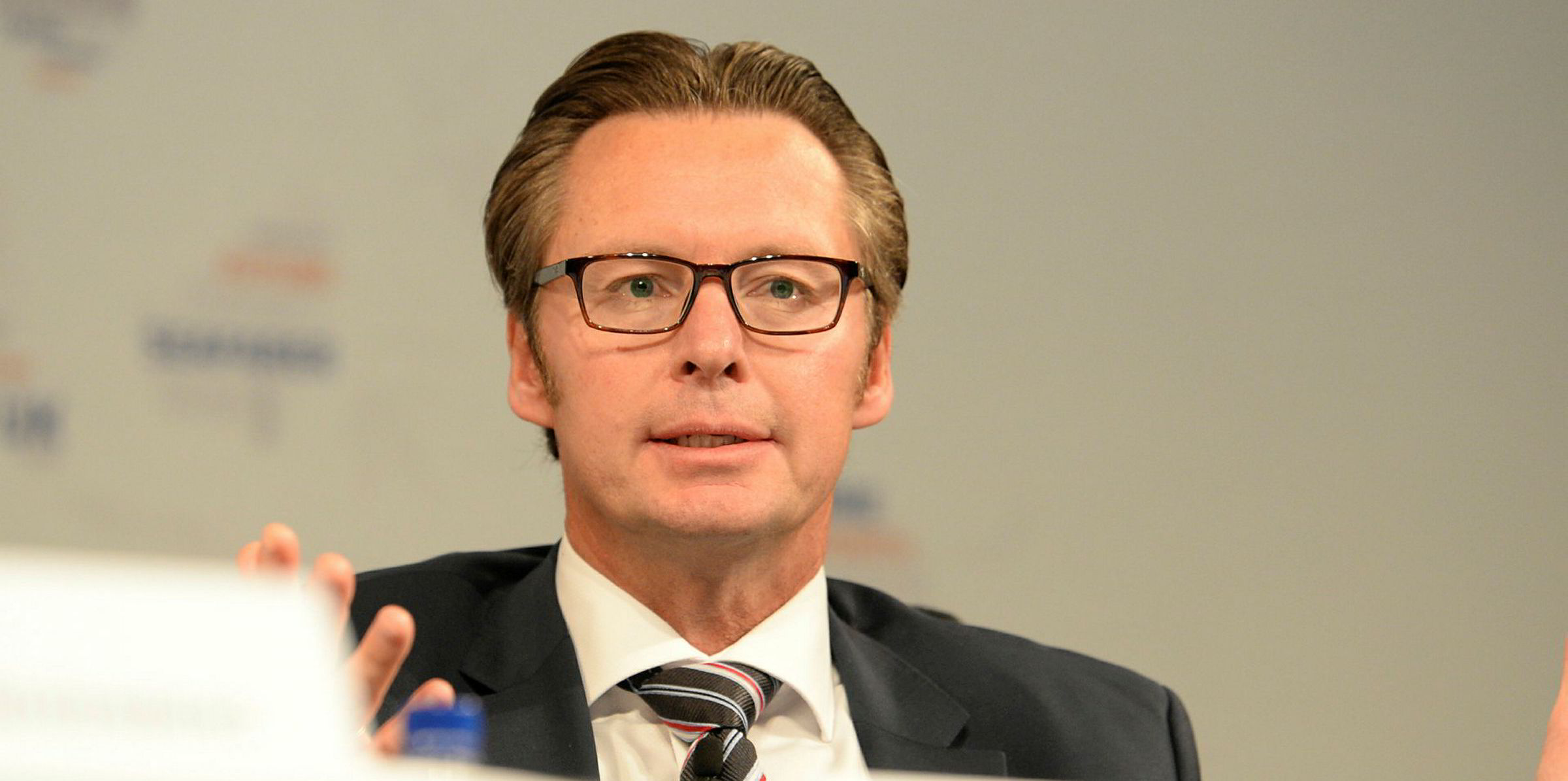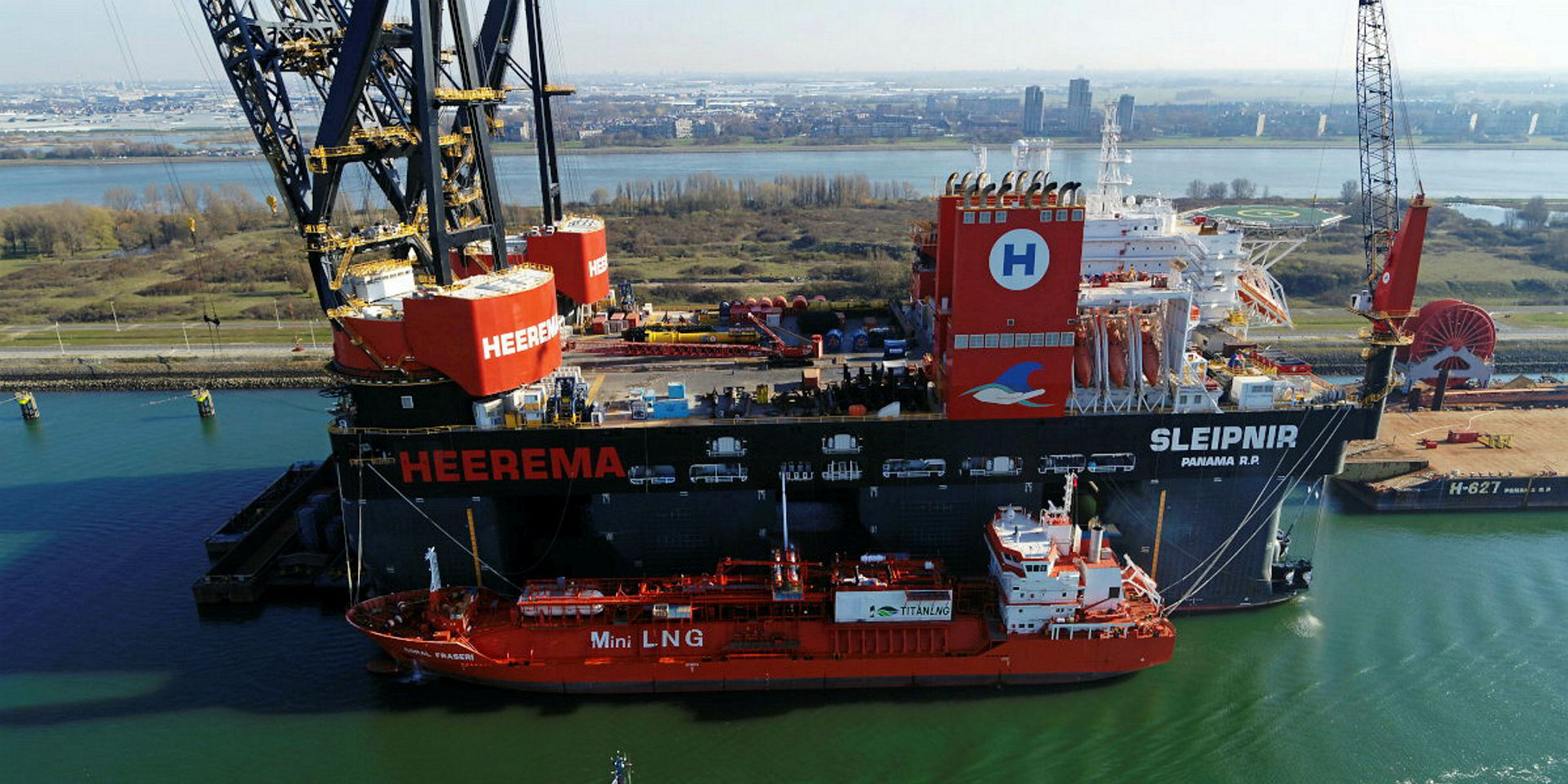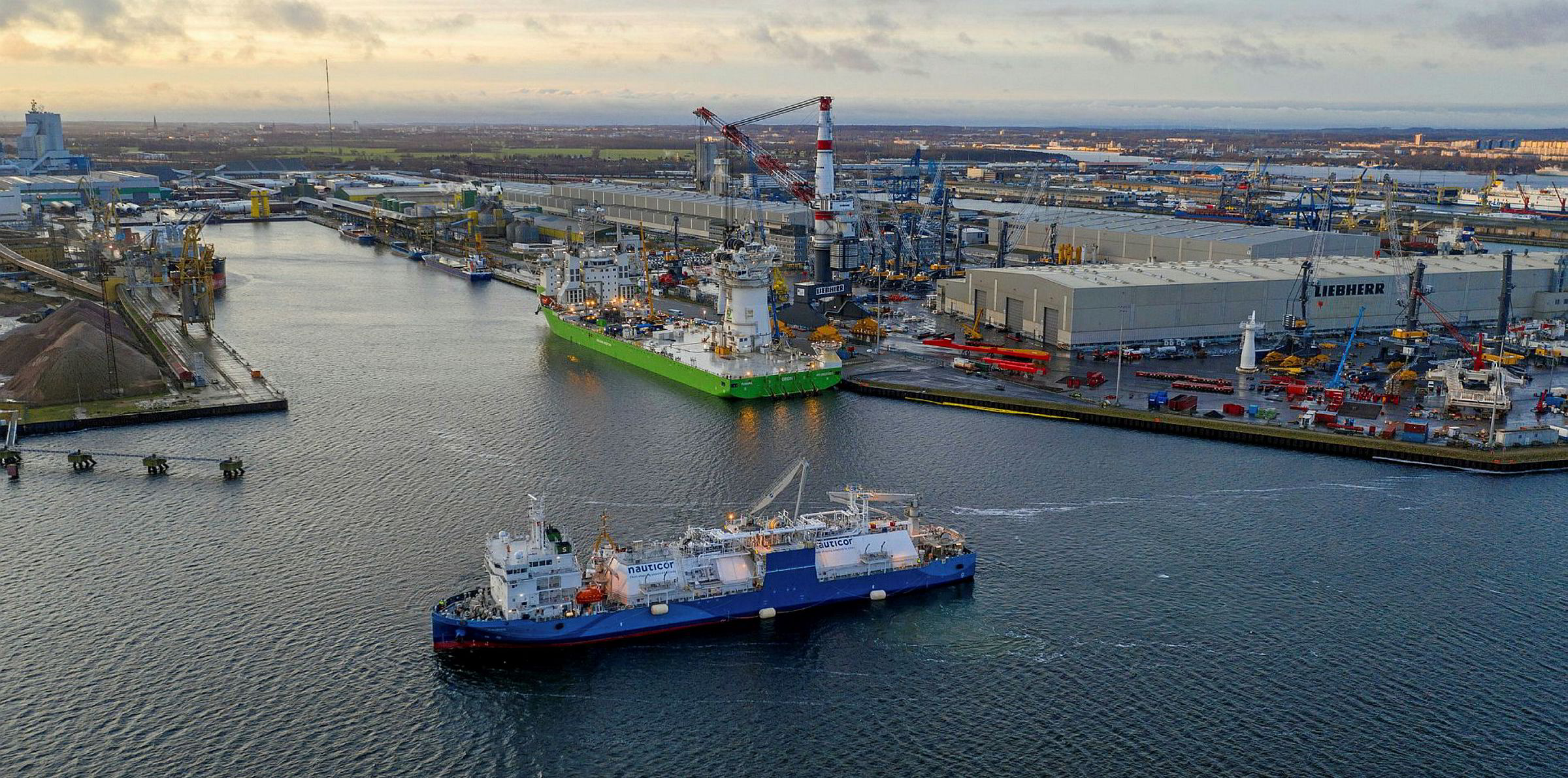The shipping industry's decarbonisation efforts need to start with technological innovation, but ultimately will end with LNG as a bridge fuel, DNV GL's maritime head said on Monday.
Giving one of the two keynote addresses at Capital Link's online forum, Knut Orbeck-Nilssen said more efficient hull shapes, hull cleaning and lubrication systems can help take steps toward the IMO's 2050 goal of slashing greenhouse gases by half.
But shipping also needs to use LNG for a period while zero carbon fuels are being developed, he said.
"Gas as fuel is not only the best option for the next one or two vessel generations, but it’s also a bridging fuel for some of the even better fuel alternatives in the future, the types we’re not sure that are there" in the next one or two decades, said Orbeck-Nilssen, citing ammonia as one such alternative.
"It’s still important that we’re...initiating that transition now. Gas and ammonia could play an important role going forward and gas is the transition fuel,” he said.
"I think the question of which fuel to choose is not as difficult as many would like it to be."
Using LNG as a fuel cuts out nitrogen and SOx while reducing CO2 emissions by 20%, leading many to hail it as the future of marine fuels. According to some estimares, LNG, when combined with the other innovations Orbeck-Nilssen mentioned, could allow the industry to reach IMO's 2030 goal of cutting carbon intensity by 40%.
DNV GL has said LNG would be the most used marine fuel by 2050, with fuels like hydrogen needing too much development to be considered in the near-term.
In January, the classification society announced FuelBoss, a digital tool to help shipowners with the LNG bunkering process set to launch in April. The system will link ships with LNG fuel suppliers.
Orbeck-Nilsson said shipping can either make a move toward lowering its carbon footprint with LNG fuel now, or wait as many as 20 years for another alternative.
"I think it makes a lot of sense to go to gas as fuel now," he said.
"It’s not a question of not having alternatives to me, it’s a question of making the right decisions now and starting with what already gives the range of 20% lesser carbon emissions than the traditional alternatives."






